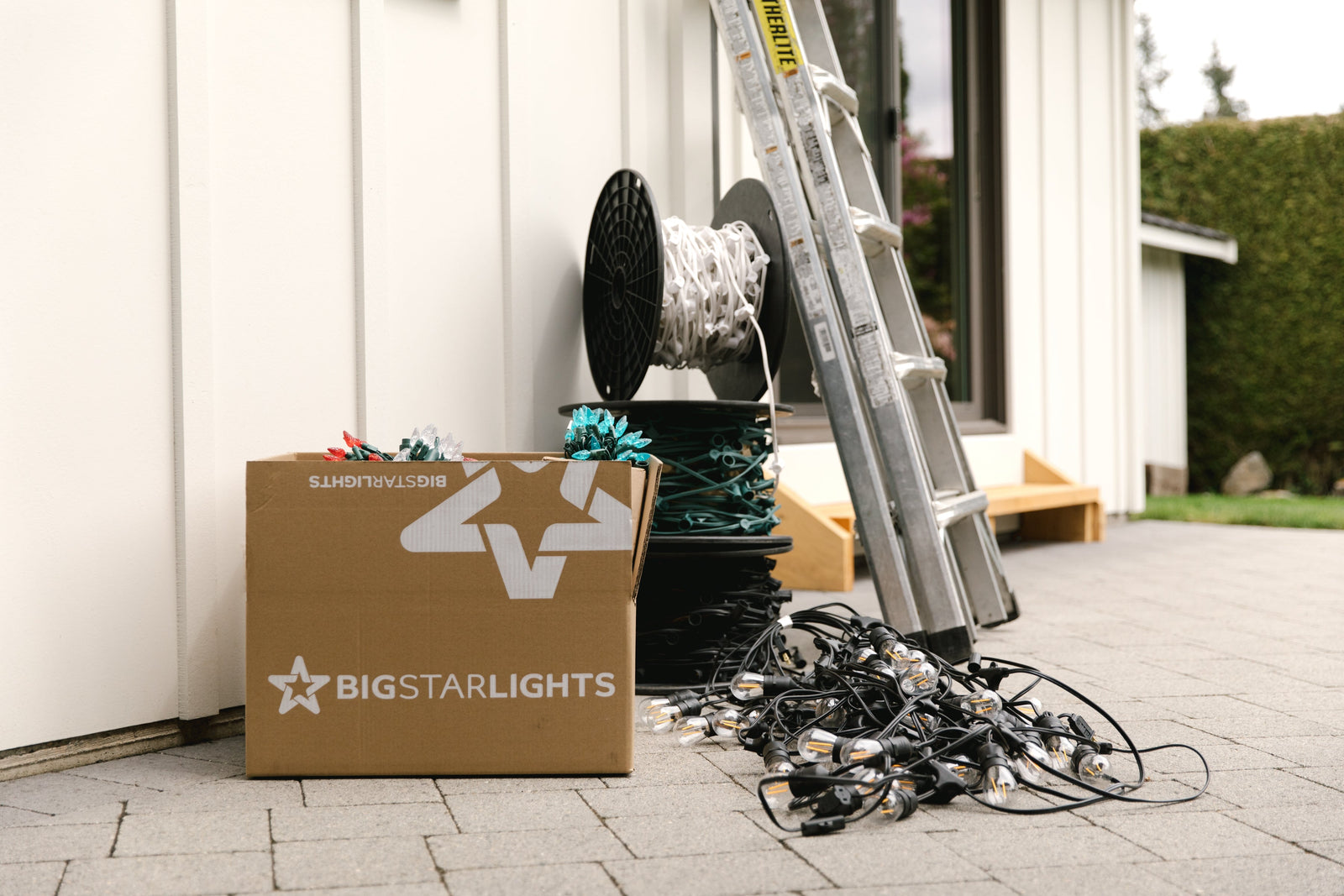Have you ever arrived at a job site, only to find out that the power source for the lights is on an inaccessible timer? Or have you arrived at a residential home when the owners are not available and the only power source is not working? Many professional installers have and overcome this, we recommend bringing a portable power unit.
Why is this necessary? Well, there a number of hiccups you can encounter when installing outdoor LED lights. Maybe the lights were stored incorrectly during the off season and they are corroded or damaged as a result. Or perhaps the outlet itself isn’t working and you need to make sure the lights are working properly before the outlet can be fixed. If those aren’t reason enough, the simple reassurance that all the lights are working properly before you leave a job site is reason enough.
There are a couple methods you can follow.
The first is to purchase a prebuilt portable power inverter from a hardware store. These are compact and light. The downside is that these power units cannot get wet.
The second type of portable power unit requires a small amount of set up, but we recommend this more! All you need is a 12-Volt car battery and an inverter. You can find both of these items at hardware store or automotive part supplier. This is a heavier set up than the previously mentioned pre-built power unit, so to make it easier to cart it around, place the battery and the inverter in a rolling tool box with a good lid. This protects it from the rain. Cut a couple of small holes in the side to run the extension cord through while also providing ventilation. Use an inverter that is at least 450W and has a resettable circuit breaker in case of overloading.
Whether you are using a prebuilt power unit, or a car battery and an inverter, they always work best if they are fully charged before the next use. Make sure to recharge your units to full capacity overnight before using them the next day.

